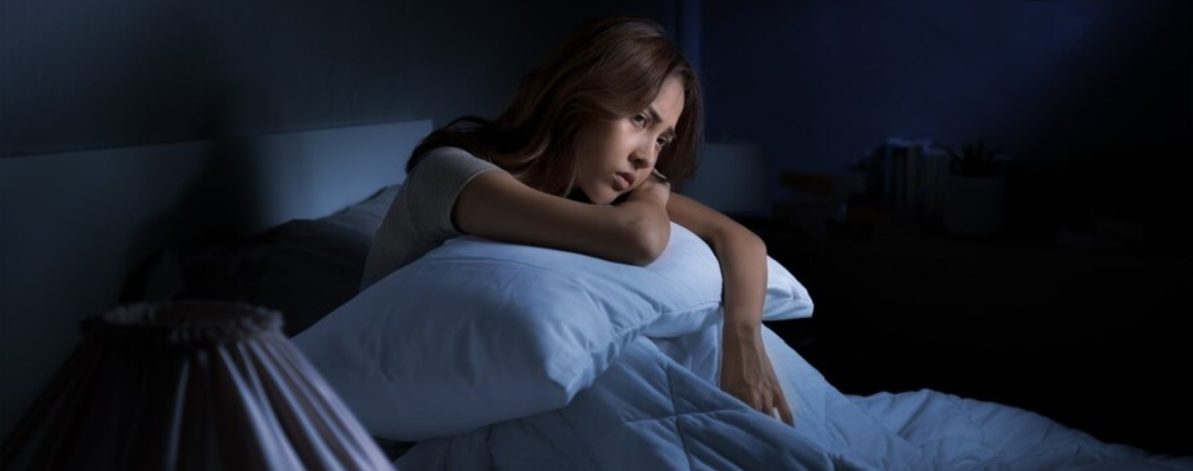Unlocking the Nighttime Drama: REM Sleep Behavior Disorder
REM Sleep Behavior Disorder (RBD) transforms the serene stage of REM (Rapid Eye Movement) sleep into a theatrical production, where dreams are not only vivid but acted out physically. Unlike typical dreams that unfold without external expression, individuals with RBD engage in complex and sometimes violent movements during their dreams. Understanding the dynamics of REM Sleep Behavior Disorder is crucial for those navigating the challenges it presents during the nocturnal hours.

The core REM sleep behavior disorder symptoms involve the absence of the normal muscle paralysis that accompanies REM sleep. This results in individuals physically acting out their dreams, which can range from simple movements to more complex behaviors. In essence, the protective barrier between the dream world and the waking world becomes blurred, leading to potentially harmful actions.
Examples of RBD episodes may include individuals punching, kicking, or even leaping out of bed in response to intense dream scenarios. Bed partners often bear witness to these dramatic movements, which can lead to injuries for both the affected individual and their sleep partner. What makes RBD unique is the vividness and physical enactment of dreams during a stage of sleep that is typically characterized by muscle atonia.
The prevalence of RBD is estimated to be relatively low, affecting less than 1% of the general population. However, the disorder is more commonly observed in older adults, especially males. Certain neurological conditions, such as Parkinson's disease, are associated with an increased risk of developing RBD.
When considering REM sleep behavior disorder treatment, safety measures play a crucial role. Creating a secure sleep environment by removing potentially hazardous objects from the bedroom and installing protective padding around the bed can help prevent injuries during RBD episodes. For those with RBD as a symptom of an underlying neurological disorder, managing the primary condition may contribute to alleviating RBD symptoms.

In cases where RBD poses a significant risk to the individual or their sleep partner, pharmacological intervention may be considered. Medications that suppress REM sleep, such as clonazepam, have shown efficacy in reducing the frequency and intensity of RBD episodes.
In conclusion, REM Sleep Behavior Disorder adds a dramatic twist to the ordinarily tranquil landscape of REM sleep. Understanding the nuances of REM sleep behavior disorder symptoms and implementing safety measures is essential for those affected. By shedding light on the nocturnal drama of RBD, individuals can navigate the night with increased awareness, mitigating the potential risks associated with this intriguing and sometimes challenging sleep disorder.